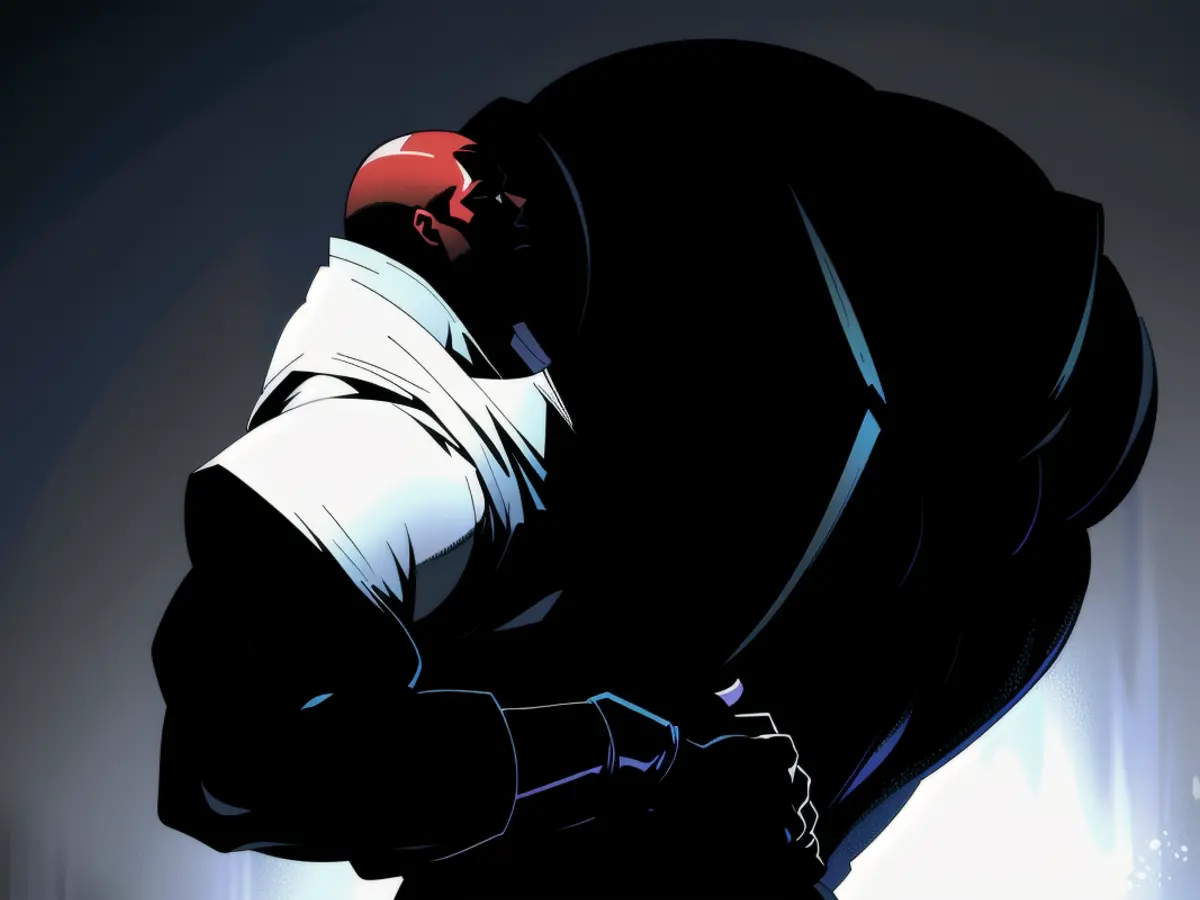Side Migraine Symptoms: Origins, Significance, and Fast Remedies
Headaches on the Right Side: Causes and Remedies
Many individuals experience headaches that affect only one side of their head, often the right side. A variety of conditions can cause this type of headache, ranging from minor issues like allergies to more serious conditions such as neurological problems. Understanding the potential causes and appropriate treatments for these headaches is essential for effective pain management.
Sources of a Right-Sided Headache
Headaches can stem from conditions that typically affect one side of the head while others may impact both sides but show up more prominently on one side.
Single-Sided Conditions
A possible cause of a right-sided headache is:
- Temporal arteritis: This condition involves inflammation of the temporal artery, typically on one side, and may be accompanied by symptoms like fatigue, jaw pain, and tender temples.
- Trigeminal neuralgia: This condition results in intense pain in the face and head, usually affecting only one side at a time. The pain arises due to disruption of the trigeminal nerve at the base of the brain.
- Sinus headaches: People with a deviated septum are more susceptible to sinus headaches, which are more common on one side.
Bilateral Conditions
Conditions that normally affect both sides but can manifest more pronouncedly on one side include:
- Occipital neuralgia, which typically causes pain on both sides of the head but can present as one-sided symptoms. This condition occurs when occipital nerves, which run from the top of the spinal cord to the scalp, become damaged or inflamed.
Other causes that can lead to headaches on one or both sides of the head include:
- Allergies
- Aneurysm, a weak or bulging artery wall
- Fatigue
- Head injury
- Infections, such as sinus infections, and fluctuations in blood sugar levels caused by missing meals
- Dehydration
- Muscle strains or knots in the neck
- Tumors
Medication use can also lead to headaches, which are frequently a side effect of prescription and over-the-counter medications, as well as overuse of over-the-counter painkillers such as acetaminophen, aspirin, and ibuprofen. This type of headache is called a medication overuse headache and can affect both sides of the head or just one, and the pain may not always be in the same location.
Types of Headaches Affecting the Right Side
There are numerous types of headaches, with migraines, cluster headaches, and tension headaches being the most likely causes of headaches on one side of the head.
Migraines
Migraines can be hereditary and are characterized by severe symptoms, including pulsating or throbbing pain in the head, nausea, sensitivity to light and sound, blurred vision, and sometimes visual disturbances or auras. In some cases, migraines always occur on the same side with each episode. However, having a migraine on only one side is not always cause for concern and may just indicate a variation in the symptoms.
Cluster Headaches
Cluster headaches are intense, recurring headaches that occur cyclically and are usually localized around one eye. These headaches may also manifest on other areas of the head, face, neck, and shoulders. People typically experience frequent headache attacks for weeks or months before a period of remission. Alongside the pain, cluster headaches may present with facial sweating, pale or flushed skin, red or watery eyes, restlessness, nasal congestion or runny nose, swelling around the affected eye, and other symptoms.
When to Consult a Doctor
While many headaches will resolve on their own, those who experience headaches frequently should consult their doctor to help identify the underlying cause. Anyone experiencing the following symptoms alongside a headache should seek immediate medical attention:
- Vision changes
- Confusion
- Fever
- Head injury
- Increased pain during movement
- Neck stiffness
- Numbness
- Personality or cognitive changes
- Rash
- Sleep disturbances
- Slurred speech
- Weakness
If headaches always affect the same side, it is crucial to seek medical evaluation for proper diagnosis and treatment.
Frequently Asked Questions
Identifying the location of a headache can help a doctor diagnose the type of headache and determine appropriate treatment. For example, headache pain at the front or on one side of the head may indicate migraines or cluster headaches. While some headaches may go away on their own, those that are severe, frequent, or progressively painful or those accompanied by other symptoms should be evaluated by a doctor. Dehydration can cause or worsen headache symptoms, so staying hydrated is essential to prevent dehydration headaches.
In summary, headaches on the right side can be caused by a variety of conditions, ranging from migraines and cluster headaches to more serious neurological issues. Understanding the potential causes and appropriate treatments for these headaches is crucial for effective pain management. If headaches persist or are severe, it is essential to consult a healthcare professional for proper evaluation and treatment.
- The condition known as temporal arteritis, characterized by inflammation of the temporal artery, often on one side, could potentially result in a right-sided headache.
- In some cases, a right-sided headache might be due to trigeminal neuralgia, a condition resulting in intense pain in the face and head that usually impacts only one side at a time.
- People with a deviated septum are more likely to experience sinus headaches, which are often more prevalent on one side, potentially the right side.
- Migraines, cluster headaches, and tension headaches are among the numerous types of headaches that may cause pain on one side of the head, such as the right side.
- If a headache always affects the same side, it is crucial to seek medical evaluation to ensure proper diagnosis and treatment, as it could indicate more serious conditions like neurological issues.








